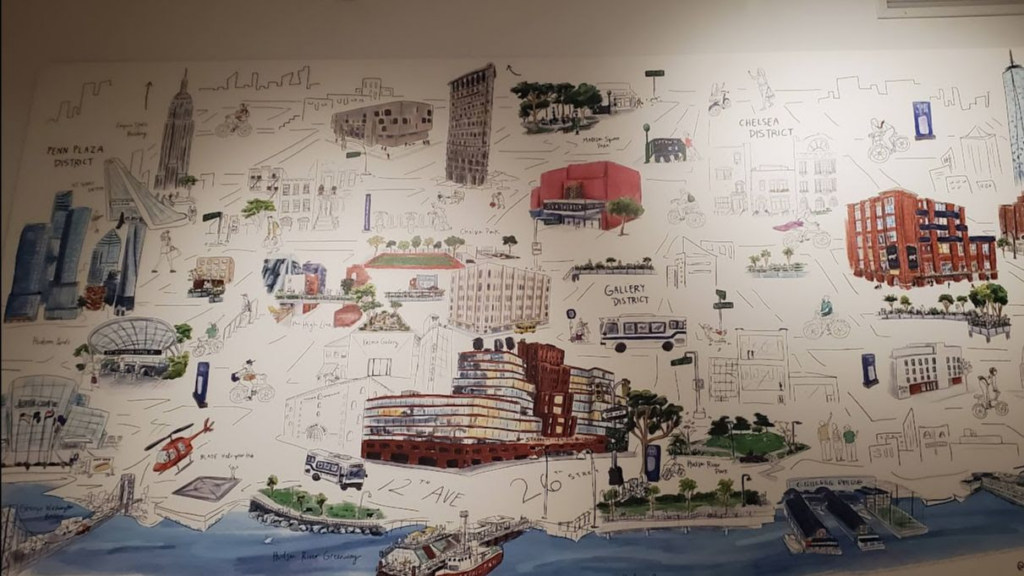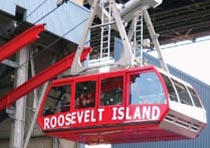Monday, February 3, 2025 – Just a charming alley of University Place


From horse stables to art studios
to university housing,
the changing face of
Washington Mews
Monday, February 3, 2025
ISSUE #1386
EPHEMERAL NEW YORK
The Greek Revival row houses built on Washington Square North between 1829 and 1833, with their graceful stoops and elegant ionic columns, offered everything a wealthy New York family could want.

What would that be? Think spacious living quarters, backyard gardens, proximity to the theater, church, and fine shops, and assurance by the builders, who leased the land from Sailors’ Snug Harbor, that no factories would encroach on this residential enclave.
Elite residents also craved some distance from the filth overtaking lower city. And across the street was a lovely new park—the former potter’s field turned military parade ground, Washington Square. Access to the park was definitely a plus.

But for any New Yorker to live comfortably in the antebellum city, they needed a place to keep their horses and carriage, and possibly living space for the servants who tended to them.
So began the early years of Washington Mews, perhaps Greenwich Village’s most famous and photographed historic private lane.

Shortly after the row houses fronting Washington Square were completed, planning began for this back alley—an unusual concession in a city that was intentionally mapped out without alleys, as real estate was too precious to waste on horses and garbage.
Cutting a slender path between Washington Square North and Eighth Street, the Mews followed what had been a Lenape trail connecting the Hudson and East Rivers, according to James and Michelle Nevius’ Inside the Apple.

Once the Belgian block paving was in place, a row of two-story carriage houses were built—but only on the north side of the Mews (third photo). That kept the sound and stench of horses from intruding on the “deep rear gardens and extensions” of the Washington Square North houses, according to the Greenwich Village Historic District report.
Who were the well-heeled residents who parked their equipages here? Bankers and merchants, according to Village Preservation. The Row, as Washington Square North became known, enjoyed decades of status as one of the most desirable places to live.
But change was coming. In the 1850s, six new stables were built on the south side, freeing up space on the north side for the carriage owners living on Eighth Street, per the Greenwich Village Historic District report. No longer was it the exclusive lane of residents of The Row.

In 1881, city officials mandated that gates be built at the entrances of the Mews, clarifying its status as a private lane, wrote Christopher Gray in a 1988 New York Times Streetscapes column. (Fourth photo shows a gate on the University Place side.)
By now, artists were arriving; “the house and stable at 3 Washington Square North was demolished for a studio building in 1884,” stated Gray. Coinciding with the coming of the artists was the end of the horse and carriage era.
In 1916, Sailors’ Snug Harbor, which still owned the land, announced that “the little stables of the mews, whose usefulness has long since passed away,” will be converted into artists’ live-work studios, per Gray. ( Fifth image: 1917, looking toward University Place)

Artists like Gertrude Vanderbilt Whitney, Edward Hopper, and Paul Manship did occupy the stables-turned-studios. More dwellings were constructed on the south side, and a renovation did away with many of the original brick facades in favor of stucco and the occasional ornamental tile.
Washington Mews’ next chapter began in 1949, when New York University purchased the alley—or the lease from Sailors Snug Harbor, as some sources state. Since then, school administrators have gradually transformed the cottages into faculty housing and facilities space.
Even though it’s a private street, the gates tend to be open during the day, so tourists and curious New Yorkers can wander through and imagine living inside this “charming little village,” as the Greenwich Village Historical District report describes it, isolated from city traffic.

If you stand still and concentrate, you might even sense the ghosts of the original horses clip-clopping on those Belgian blocks.
COMING TO THE NYPL BRANCH ON
FEBRUARY 18TH
WHEN MANHATTAN WAS DUTCH—THE 400TH ANNIVERSARY EDITION
The Dutch of the early 17th century turned an edge of Manhattan wilderness into New Amsterdam. Although it lasted only 40 years, the colony had a profound and lasting impact on the future city of New York. From the start, people of many ethnicities filled its streets, trade and profit were paramount, and religious tolerance was the norm.
With Joyce Gold- Historian and noted NYC Tour Guide
This program is free and open to the public.
TIme: 6:30 p.m.
PHOTOS OF THE DAY

I attended Shoppe Object, a trade show where wonderful merchandise is sold in home-where, gift items, decorative items are available. It has been relocated from piers to the massive Starrett Lehigh Building on 11-12th Avenues between 26-27th Streets. Hundreds of items on display to purchase for a retail shop.
CREDITS
EPHEMERAL NEW YORK
[Fourth image: between 1890-1919, New York Historical; fifth image, MCNY X2010.7.1.5302]
All image are copyrighted (c) Roosevelt Island Historical Society unless otherwise indicated
THIS PUBLICATION FUNDED BY DISCRETIONARY FUNDS FROM CITY COUNCIL MEMBER JULIE MENIN & ROOSEVELT ISLAND OPERATING CORPORATION PUBLIC PURPOSE FUNDS.


Copyright © 2024 Roosevelt Island Historical Society, All rights reserved.Our mailing address is:
rooseveltislandhistory@gmail.com

Leave a comment